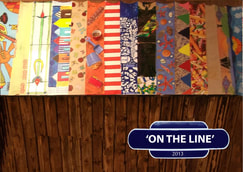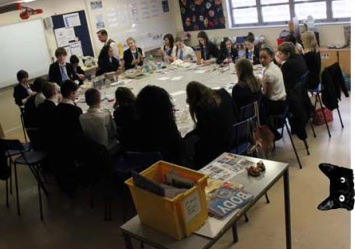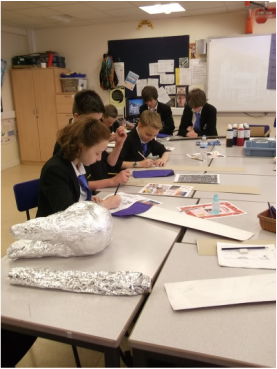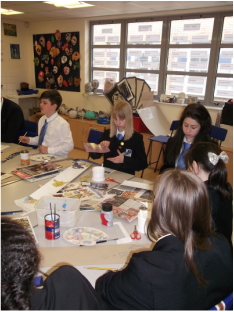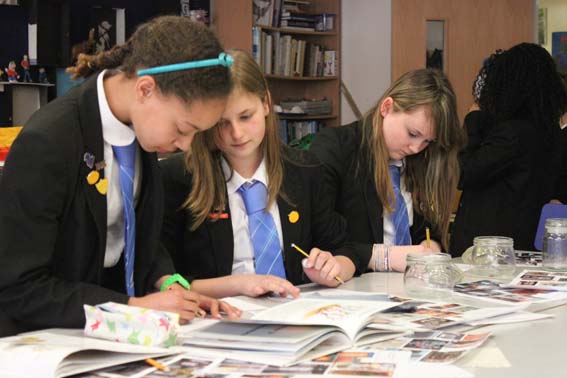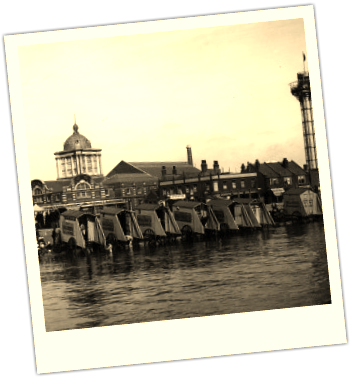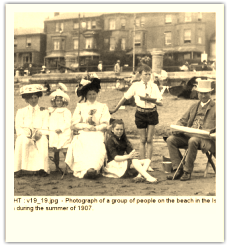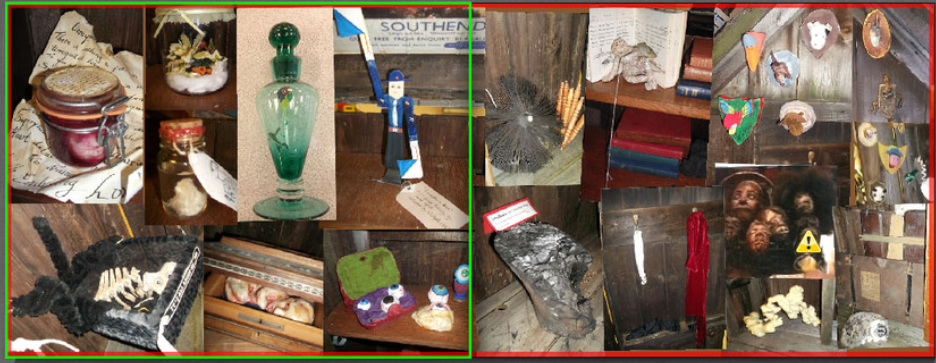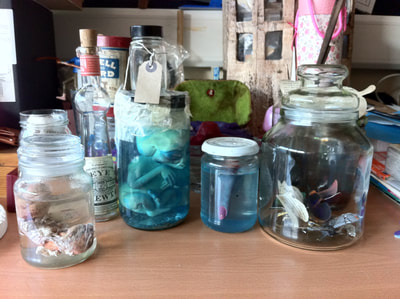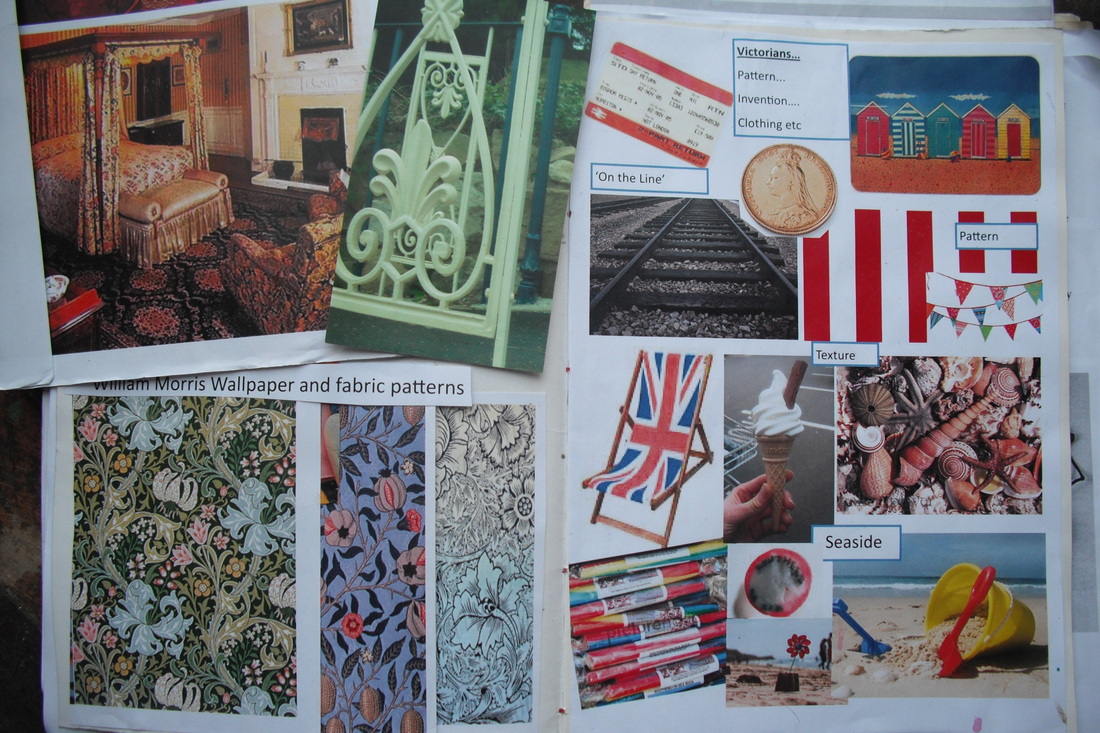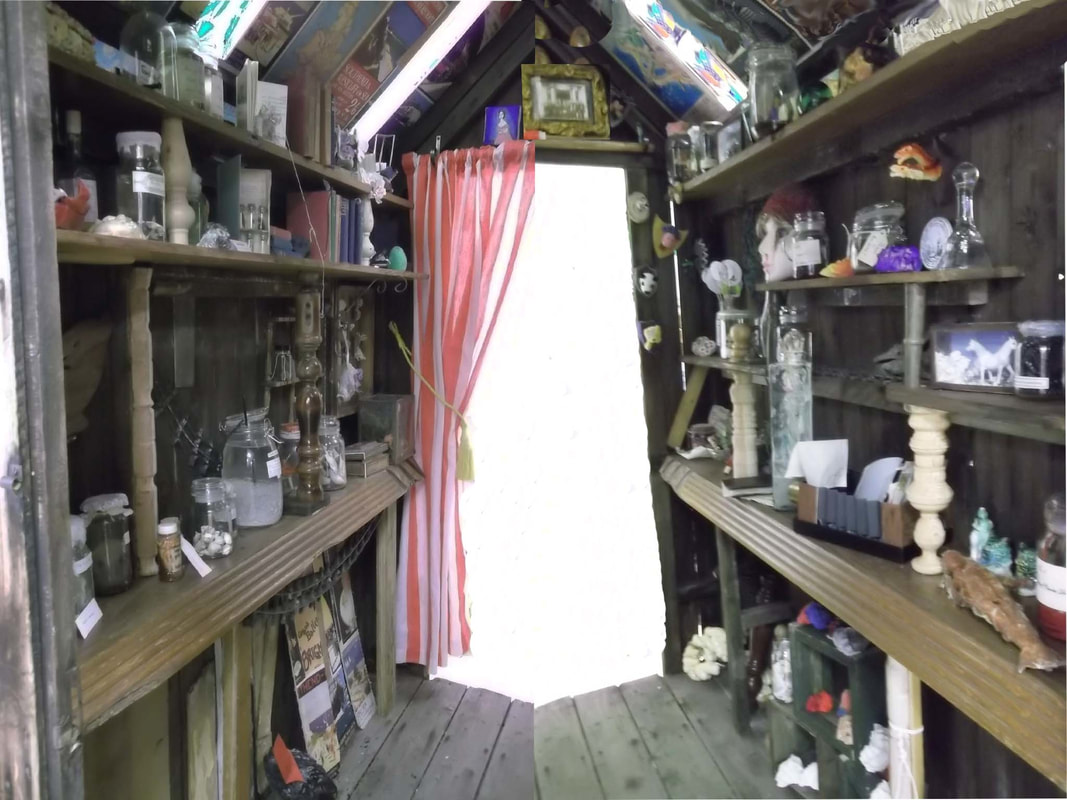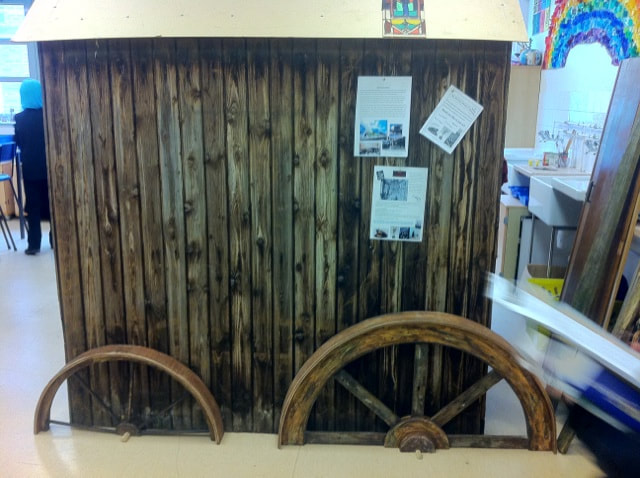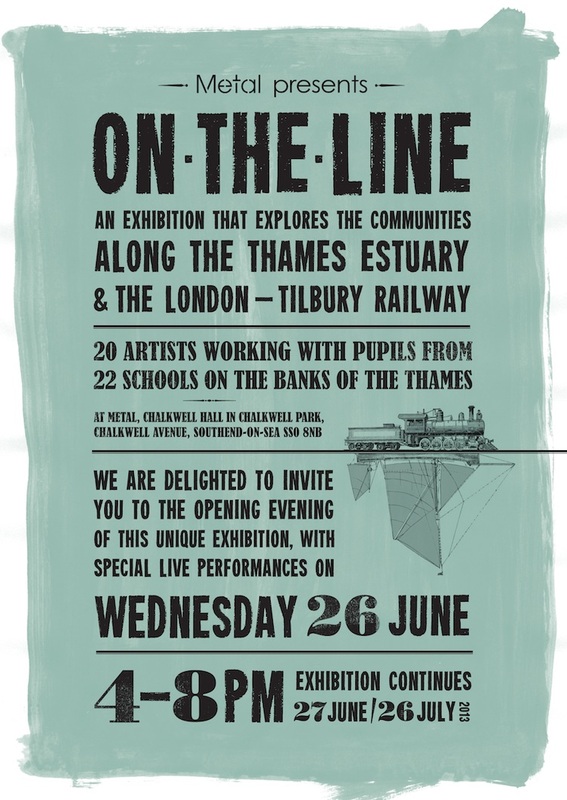|
'On the line'
'On The Line', was a large scale, participatory Arts and heritage project, that pared 20 local artists to work with local schools along the South Essex Thames Estuary coastline, following the route of the London,Tilbury and Southend Railway. The project is being curated and funded by Metal At the end of the workshops, all the work created by the various schools, will be brought together in an exhibition of ‘Young Person's Museum of the Thames Estuary’. this will firstly be shown at Chalkwell Hall and then will become the opening exhibition in Southends new museum, currently under construction on the Seafront, which will hold the Saxon king relics and other artifacts from our areas history. |
.
|
|
We have been exploring the Victorian period, investigating their insatiable inquisitiveness and desire for invention and progression. It was during this era that the railway first came to Southend, transforming the town from a rural, fishing/farming community into a popular seaside resort, developing an economy largely based on tourism; which has remained until this day. |
I have had the pleasure in being asked, as artist, to work on the 'On the Line project’. Over the last few months, I have organized, prepared and run a series of seven, all day workshops, along with a lunch time club for the students at Chase High School.
The workshops, ran from March 25th to May 29th 2013 and incorporated 45 students ranging from yrs.7 to yrs.13, who called themselves ‘The Curiosity Kids’. The students came out of timetable lessons, to take up the opportunity to discover and learn about our towns history and development. With this knowledge they have developed their own individual pieces of art work, using a variety of unusual materials, techniques and processes. All works created have now been collated together to create one large piece of interactive work for the exhibition. |
|
The railway allowed people to escape the smog of the factories and the frantic city life for a day at the seaside, taking in the sea air and other attractions.
Sea bathing was believed to have health benefits and became fashionable, but no lady would have considered it, without the protection of the bathing machine, designed to protect her modesty; it was dragged into the sea by horses, where she would be able to change and enter the sea without being seen. They were then hauled back to the shore when the bath was finished. |
The Victorians became extensive travelers and developed a desire for collecting, bringing back specimens and ethnic curios from "mysterious" lands, stocking cabinets and whole rooms with plant specimens, taxidermy rare animals and objects of beauty or curiosity.
We have created our own curiosity cabinet filled with our own curios.
We have created our own curiosity cabinet filled with our own curios.
During the workshops we explored many areas, from Victorian toys, alternate taxidermy to plaster casting our own hands and creating latex skin shrunken heads.... we experimented with a wide variety of different techniques and process and then went on to create our own curiosities
Inspiration has come from the research into our town history, its architecture and its traditions.
videos and more at www.metalculture.com
